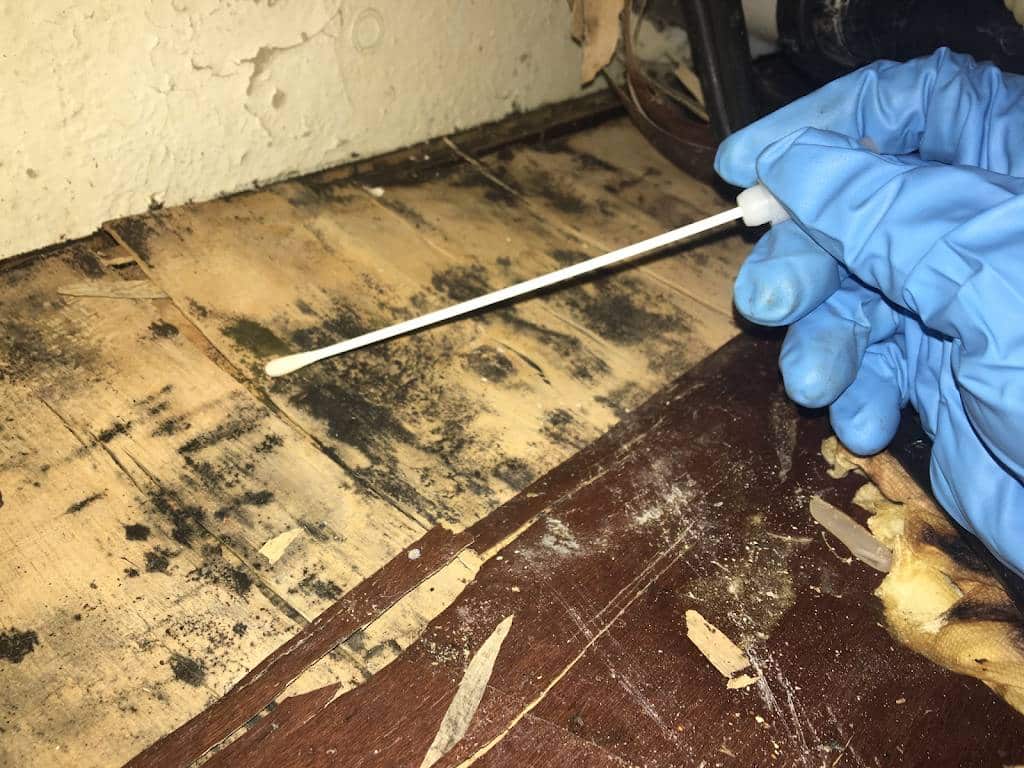Once you start connecting the dots between your symptoms and your surroundings, the next step is clear:
“I need to know if there’s mold in my home, but where do I even start?”
Testing can feel overwhelming. Some people jump straight into professional inspections costing hundreds (or thousands) of dollars, while others grab the first test kit they see online and hope for answers. The truth sits somewhere in between.
You can begin testing your terrain, both safely and affordably, using simple tools that give you meaningful data. These first steps won’t tell the whole story, but they’ll point you in the right direction and help you decide what to do next.
This stage isn’t about frantically ripping apart your home in attempts to find the mold. It’s about pattern recognition, learning how your body’s responses match what’s happening in your environment.
Before any petri dishes or lab reports, your best diagnostic tool is your own awareness. Mold always follows moisture, so train your senses to pick up the subtle cues of imbalance.
Start with Observation - Your Senses Are the First Test
First Steps:
-
Smell: A musty, earthy, or “wet sock” odor is often the first red flag. Especially if it returns after cleaning or HVAC use.
-
Sight: Look for subtle clues like bubbling paint, warped baseboards, discolored caulk, or a faint “shadowing” on ceilings.
-
Feel: Notice rooms that feel damp, heavy, or that trigger symptoms like fatigue, sinus pressure, or anxiety.
-
Sound: Creaking floors or dripping sounds can indicate leaks behind walls or under sinks.
Pro tip: Walk through your home with a flashlight at night. Side-lighting walls can reveal hidden texture changes, dust trails, and moisture marks invisible during daylight.
Once you begin noticing these patterns, document them. The act of observation alone often reveals more than people realize.
DIY Mold Plates: A Simple Air Snapshot
If you want to see what’s floating in your air, DIY mold plates are an easy first step.
What they are: Mold plates are Petri dishes containing a nutrient gel (agar) that allows spores in the air to settle and grow.
Please Note: Before you begin testing, it’s important to know that finding small traces of mold growth is completely normal. Mold spores exist everywhere, indoors and outdoors, and a few colonies appearing on a petri dish do not automatically mean your environment is contaminated.
Here’s what to expect:
-
Healthy baseline plate (normal environment):
A few small...
To Continue Reading, join our free
Mold Survivors Network
🔒 The rest of this article is available exclusively inside the Mold Survivors Network - by Burch Bear.
Get full access to:
✅ Step-by-step mold guides
✅ Member-only articles & resources
✅ Expert Q&A and live events
👉 Join now at mold survivors network
